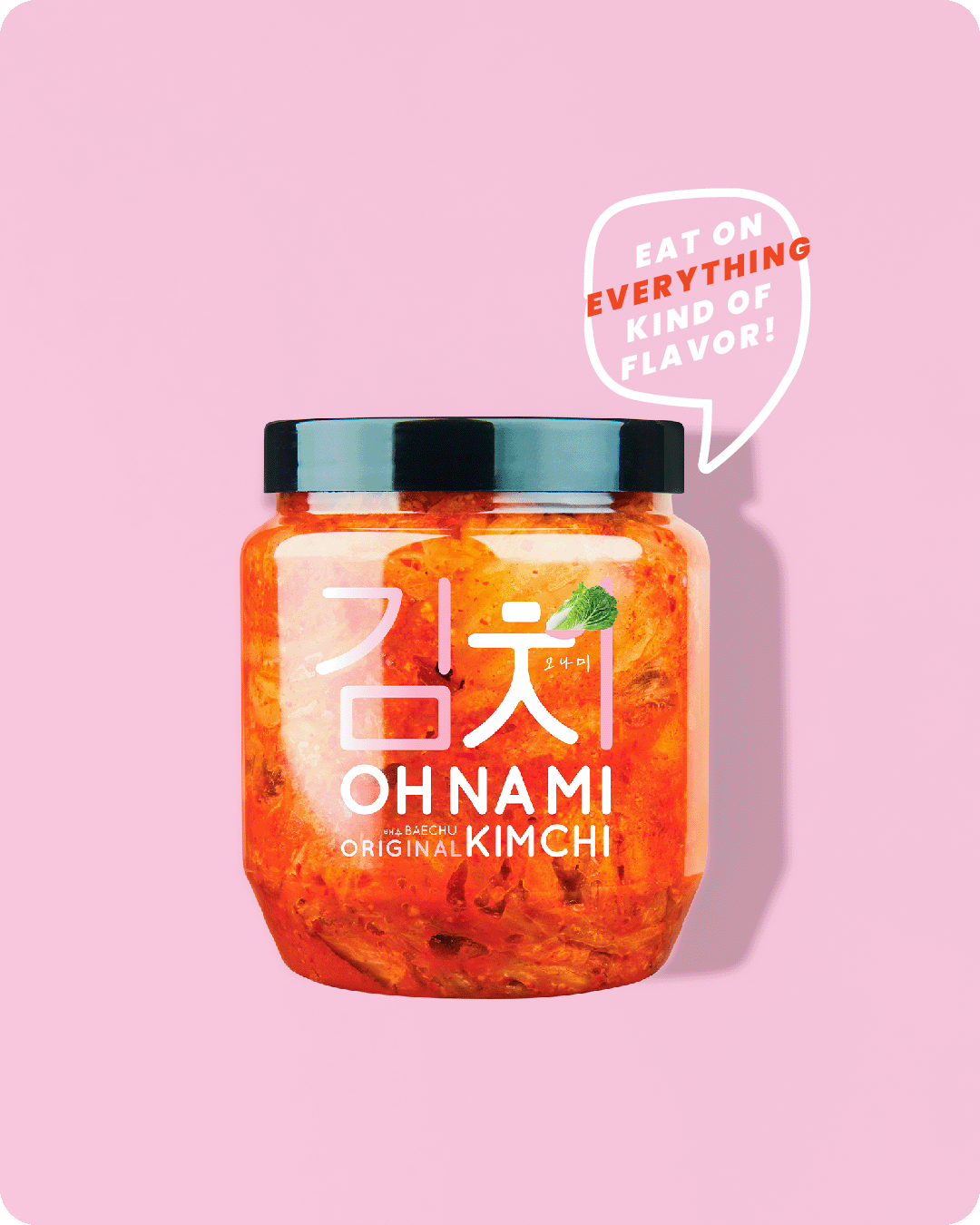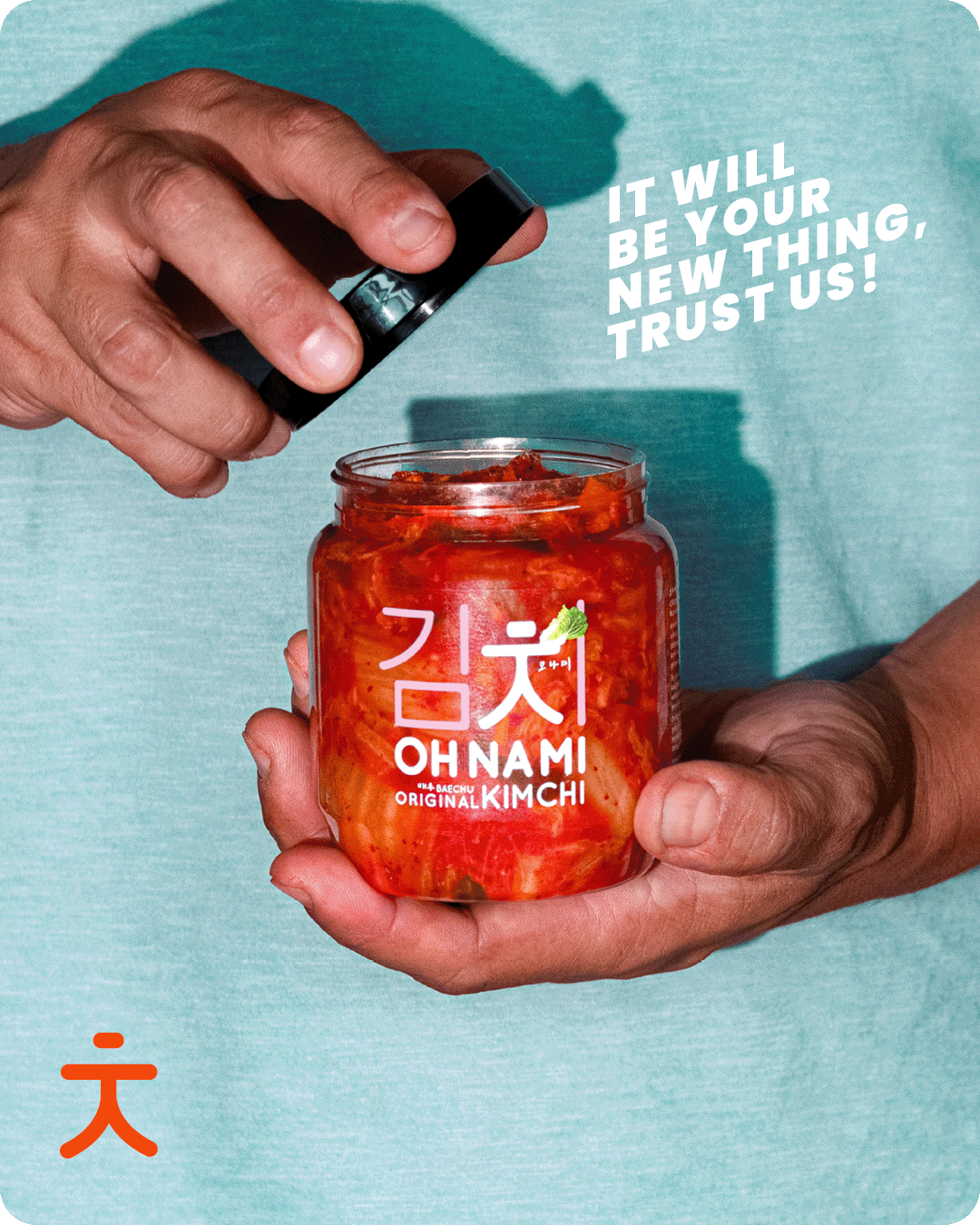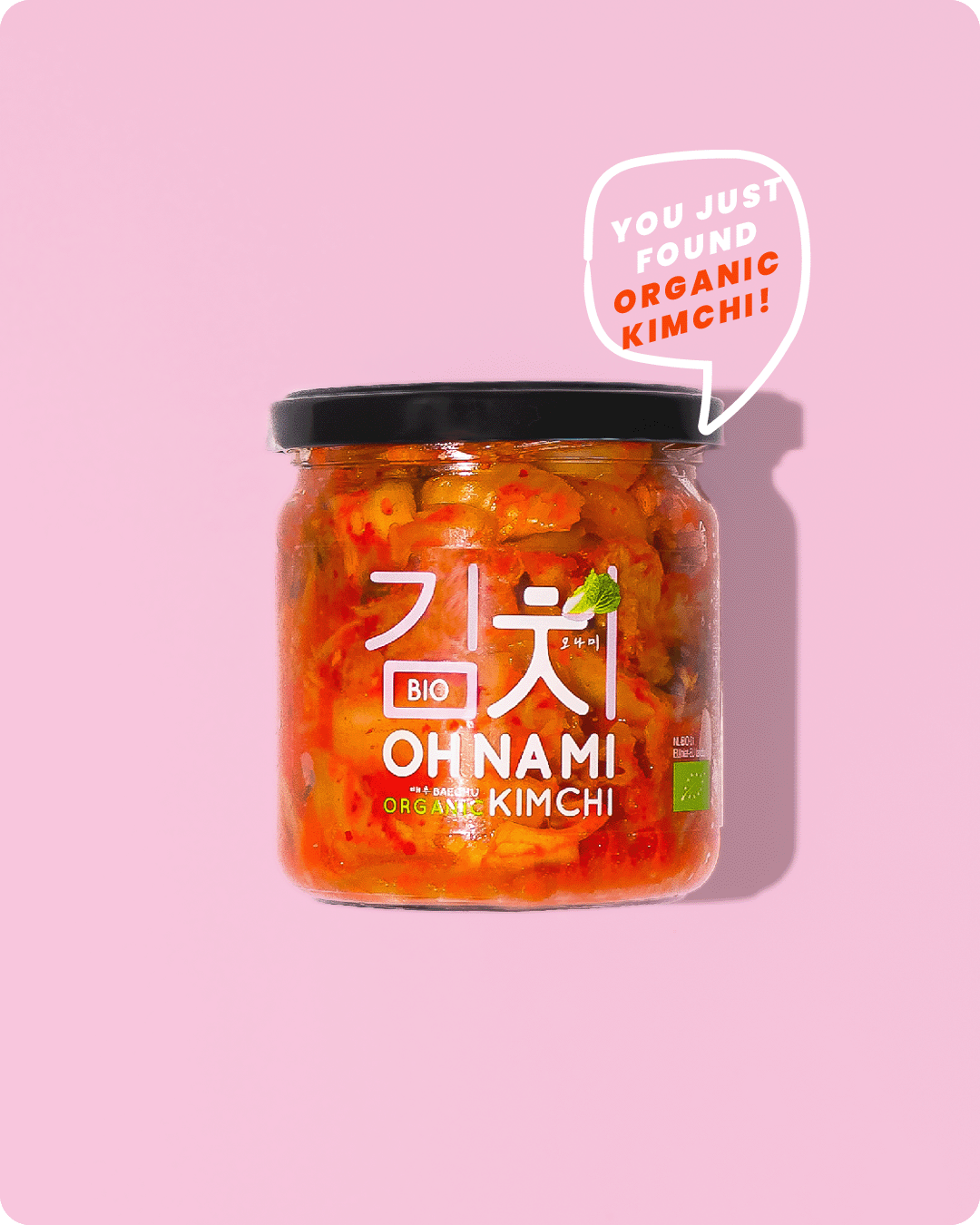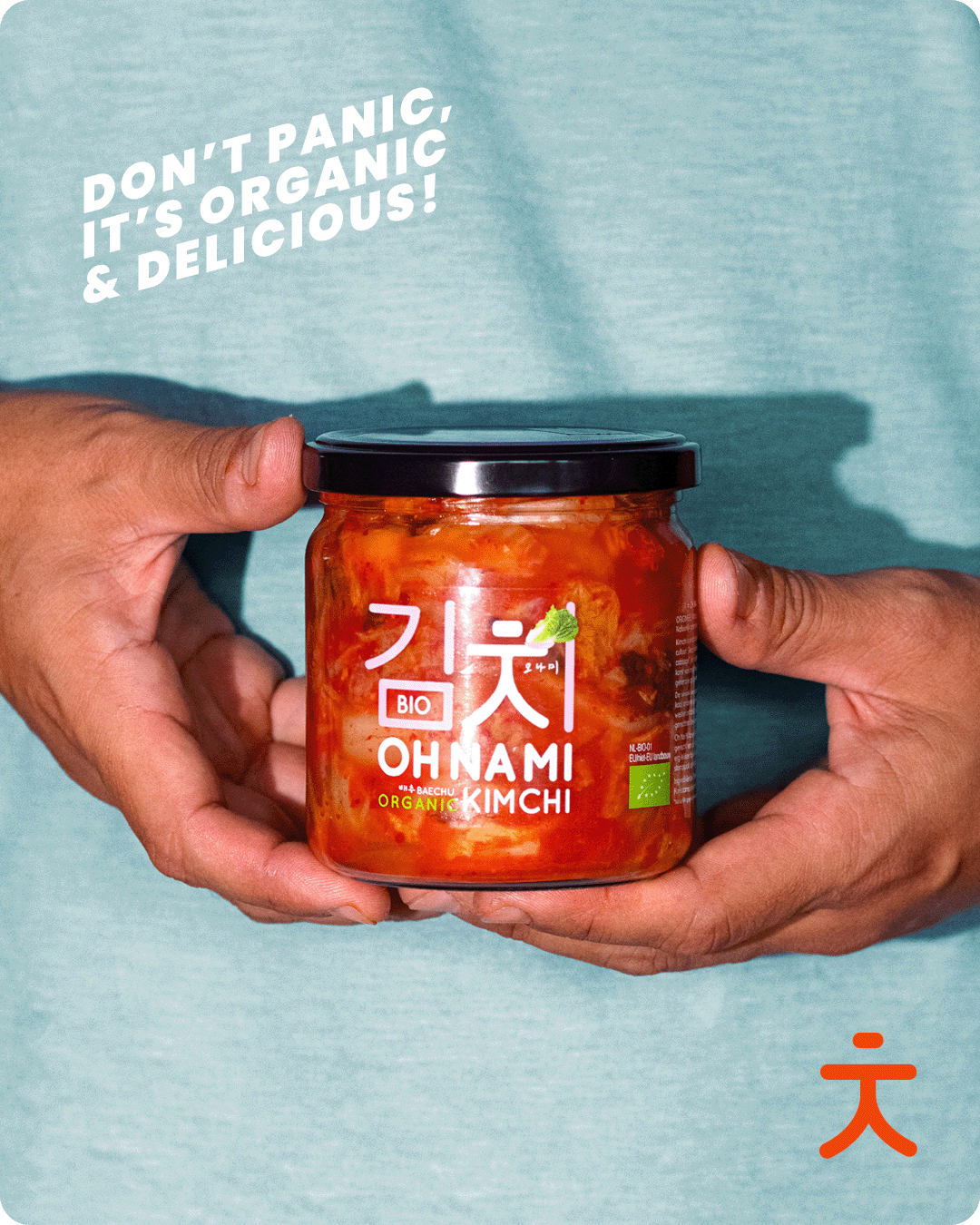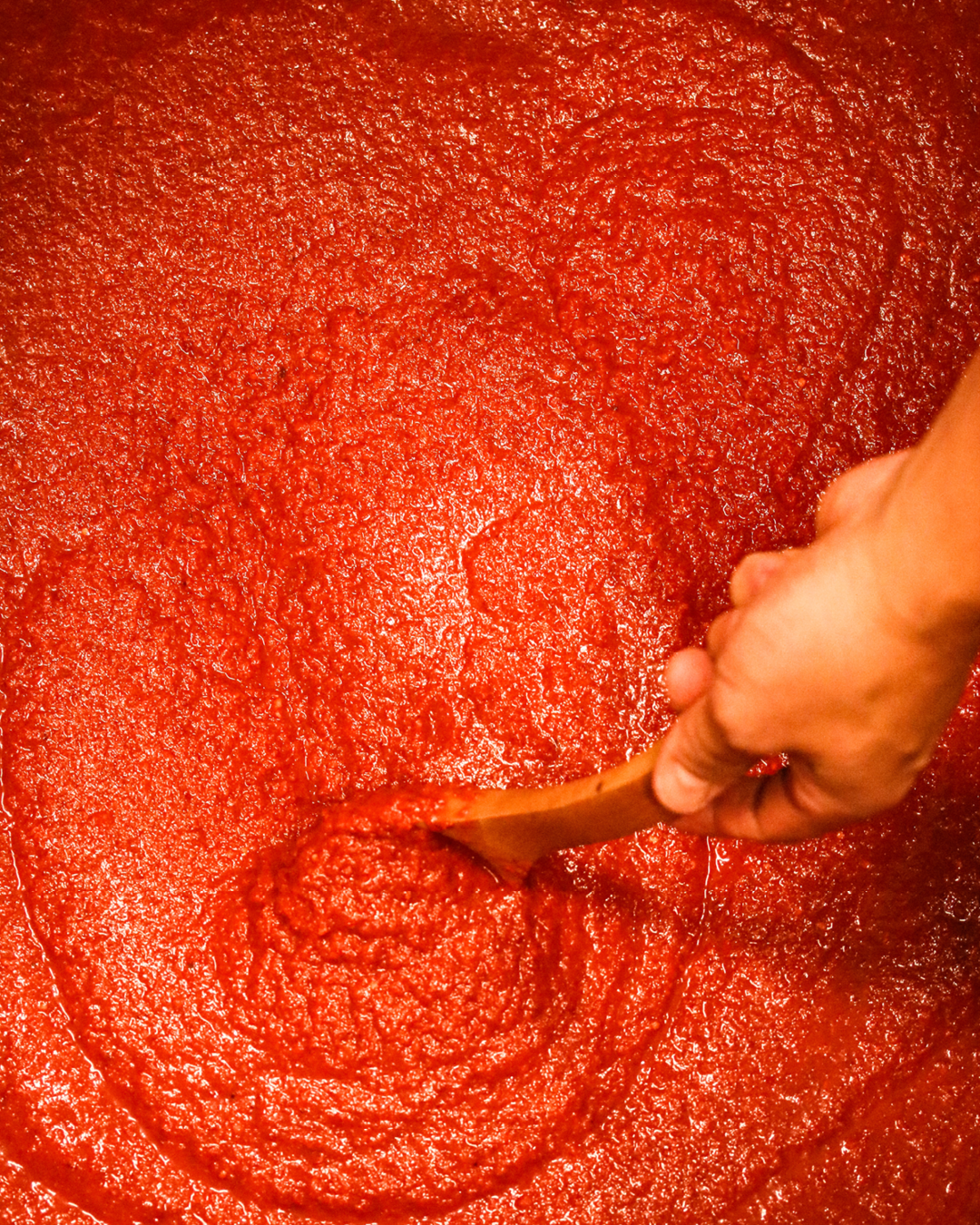
The Korean Chili Pepper Aka “Gochu”
If there’s one thing we know for certain about chili peppers it’s this: not all varieties are created equal. This should come as no surprise, as there are nearly 4000 varieties spread out across five distinct species. And yet, amongst all these chili peppers, only one can take the starring role in the production of kimchi (김치). You could scour the world, or dig through seed catalogues, looking for an alternative but no other chili pepper compares when it comes to kimchi making.
What is this awe-inspiring chili pepper, you ask? The Korean chili pepper or gochu (고추) (the Korean word for chili pepper), of course. One of the most used chilies in the world, Gochu is often missed on Scoville charts. Gochu belongs to the Capiscum Annum species, and is quite a mild pepper. A treasured ingredient across Korean cooking, the species rates almost all the way at the bottom of the Scoville scale around 1.500 and 2.000 Scoville Heat Units or (SHU). For comparison, a Jalapeño is around 7.000, Thai chili 80.000, and Carolina Reaper is a whopping 2.000.000 SHU. It’s its mild character, actually, that makes it so vital in the kimchi-making process.
One might think that Gochu’s only role is to deliver flavor, when in reality, Kimchi making utilizes this chili for 4 main purposes: spice, flavor, color, and preservative qualities.
Spice:
The gochu spice is very forgiving so you can use a lot of it. Kimchi and Korean cuisine in general is all about moderation and balance. But it is also consistent, so you will find Gochu in many dishes.
Of course, what is mildly spicy to some, is fire breathing to others. Trying to be as objective as possible, I find that the gochu has a sharp bite that lasts a relatively short time. It doesn’t really reach the ears or back of the throat like the cayenne or Thai chili. It also doesn’t spike the front of the mouth too hard like a Jalapeño. The gochu, when eaten with kimchi, has a rounded mild heat that shouldn’t be too overpowering.
In addition, as the kimchi ferments, the spicy sensation tends to mellow out. This mellowing balances out the high quantities that are used. This is because the fermentation process creates an acidic environment that masks the spiciness. Or does it mask the perception of spiciness? I noticed that the older the kimchi, the less spicy it feels. But, interestingly, if you cook it as a kimchi jjigae (찌개) (a Korean soup or stew), then the spice returns. This is purely anecdotal. I have yet to find a conclusive study on how chili and capsaicin evolve over time inside kimchi.
Flavor and Color:
Its flavor is not as distinctly fruity as a paprika or bell pepper. Plus, it is dried and aged. This seems to diminish the fruity flavor. When green, it has a grassy, sharp, but sweet flavor. In this form, it is known as a put-gochu (풋고추), which is often eaten fresh or dipped in sauce (gochujang (고추장), doenjang (된장), or ssamjang (쌈장)).
As it turns red, it develops its rich, sweet, floral notes, and picks up its spice. These red gochu are called hong-gochu (홍고추) which are now ready to be made into gochugaru (고추가루), which is the coarse chili powder used for kimchi-making. At this point, you’ll notice earthy, tobacco/cherry notes as well as a sort of smokiness.
Preservative qualities:
Chilis are also known for their antifungal, antimicrobial and antioxidant properties. Basically, it is yet another one of the elements in the kimchi recipe that helps create the perfect environment for “good” bacteria to thrive, while keeping the bad stuff away. The more you use, the better it is for your kimchi.
How gochu is processed:
The chili is left on the plant as long as possible, sometimes even after the leaves have wilted away. Then they are harvested, kept in the shade for a few days and then briefly aged in the sun (but not long enough to bleach them). I also suspect there are some biological processes happening in the chili at this point that assist in the final kimchi product.
I should also mention: this is the traditional, small-scale method. Industrial methods will of course differ.
Once it is dry, most of the seeds are removed. The dry chili is then slowly ground and macerated in varying stages according to size. The processing is important. They are not rapidly chopped or ground up with fast-moving blades, but slowly pounded or milled. This keeps the processing temperatures low, which helps the chili retain its flavor. Eventually, it gets to a coarse texture ranging from powder to flakes from 0,1mm to 1mm square.
The gochu that continues to be milled even further will become a fine powder, called goun gochugaru. This is used in making sauces and pastes such as gochujang.
Now we know why this chili is so important in Korean cuisine and culture. The mild gochu has been chosen and used for its own unique attributes. Like other chilis would in various countries and ethnicities around the world. Each chili has been slightly modified over the centuries while simultaneously, our eating habits and cuisines have been modified to fit the chili. This gives a certain cultural, and culinary identity to regions, people, and their cuisines, sometimes even outside of their established borders.
In writing this, I discovered an even bigger story; by studying the chili in just one dish, we can look further into the eating habits of entire nations. What more could we learn when studying specifically the chili eating habits around the world? Could we potentially codify this in the same way as we do spoken language? How much can we learn about ourselves by learning about the chili?
While Gochu is of great importance to Korean cuisines and even greater, necessity to kimchi, there are other Korean chilis that our cuisine utilises:
Cheongyang gochu (청양고추): Hotter, hybrid cross between the small Southeast Asian Chili and the familiar Korean Chili pepper. Recent development of the past half century.
Chagun gochu (차군고추): Likely refers to the small hotter Vietnamese chili. A person who has a spicy character is like a chagun gochu.
Gwari Gochu (과리고추): Light green, with a wrinkled texture. It is more commonly known as a Japanese shishito pepper.
Oi Gochu (오이고추): Translated as “cucumber pepper”. Very mild, 0-1000 Scoville, like a paprika
Pimang/papurika (피망/파프리카): Bell pepper, Korean/Japanese word for piment.
Silgochu (실파): fine threads of dry chili, used for spice but mainly added to dishes as an attractive garnish
Gochunip (고추니프): the leaves of the pepper plant harvested and used in a number of dishes. No spice, but has “pepper” flavor. Has an earthy/leafy taste. Interesting because this shows that Koreans like the unique flavor of “pepper”, but without the chili fruit flavor.

